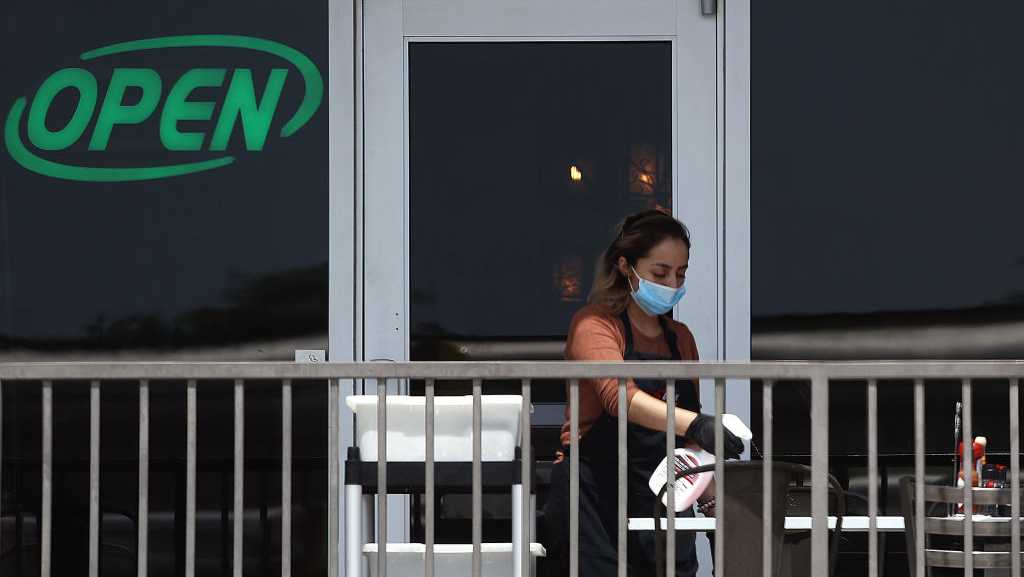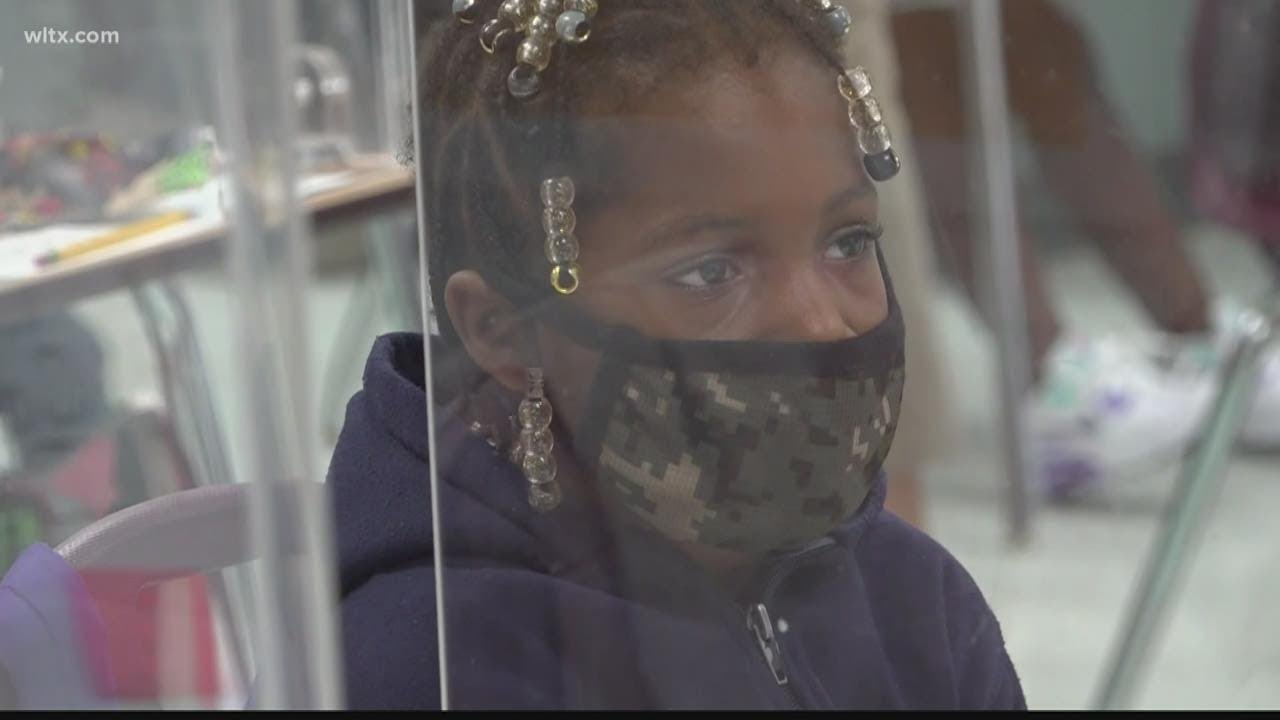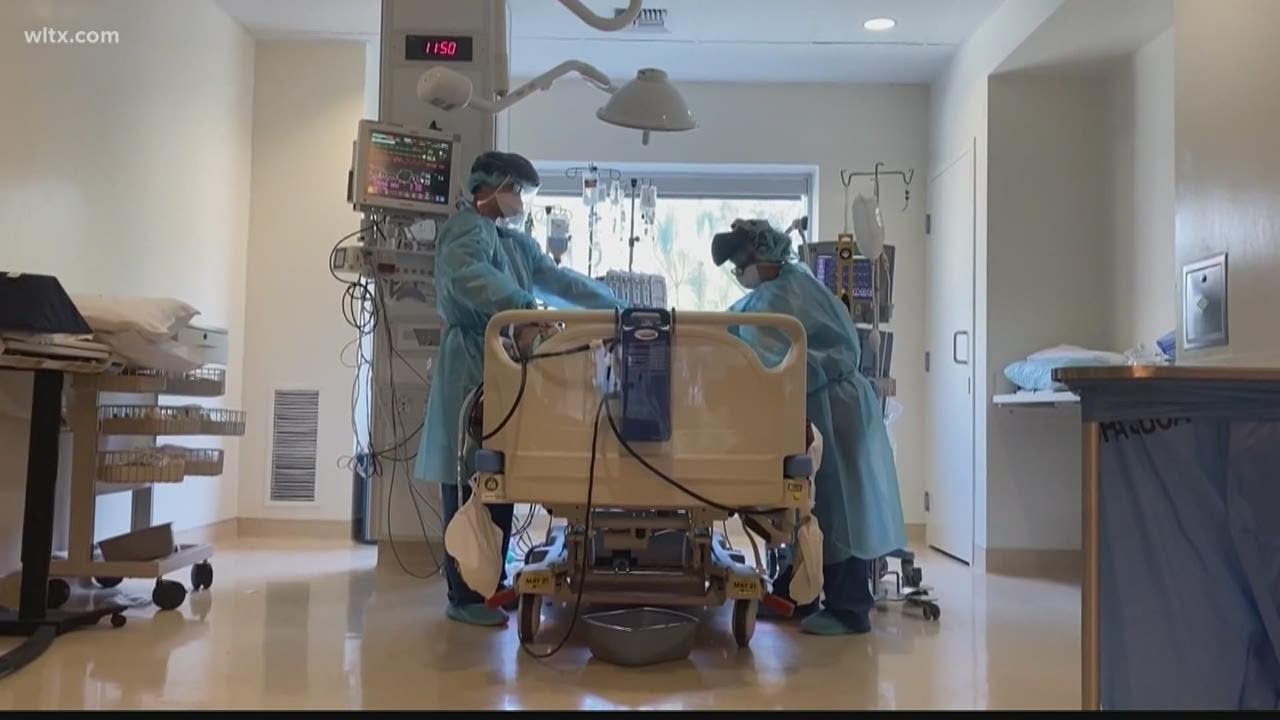
A study of COVID-19 outbreaks in China earlier this year found that the virus is spread far more easily indoors than outdoors.The findings raise the possibility that when authorities begin to relax shelter-in-place restrictions, some services — for example, restaurants or gyms — could resume at first as outdoor venues, assuming physical distancing measures were maintained.Above video: Texans visit state parks in governor’s ‘reopening’For the study, which is not peer-reviewed and therefore not suitable as a guidance for clinical practice, researchers from three universities — the University of Hong Kong, Southeast University and Tsinghua University — identified 318 COVID-19 outbreaks involving 1,245 confirmed cases between Jan. 4 and Feb. 11. For the study’s purposes, an outbreak was defined as a cluster of three or more cases in which a common index patient is suspected.The large majority of the outbreaks occurred at home (79.9%) and involved three to five cases. Public transport was the next highest source of outbreaks (34% — note that many outbreaks involved more than one venue category). Other venues included restaurants and cafeterias, entertainment (gyms, tea houses, barbershops), shopping (malls and markets) and miscellaneous.The researchers concluded that the findings confirmed that sharing indoor space carries a major risk of infection.“This study shows that the individual indoor environments in which we live and work are the most common venues in which the virus of the once-in-a-century-pandemic is transmitted among us,” the study’s authors wrote.Strikingly, only one instance of outdoor transmission — involving two men talking together in the village of Shangqiu, Henan province — was found “among our 7,324 identified cases in China with sufficient descriptions.”The study would appear to underline the importance of identifying and segregating infected individuals before they spread the virus to family members, relatives or others with whom they live.The researchers acknowledged limitations in the report. Only outbreaks in China, where strict intervention measures were imposed, were studied. They also could not pinpoint transmission routes (droplets, aerosol or contacting contaminated surfaces) in the outbreaks.
A study of COVID-19 outbreaks in China earlier this year found that the virus is spread far more easily indoors than outdoors.
The findings raise the possibility that when authorities begin to relax shelter-in-place restrictions, some services — for example, restaurants or gyms — could resume at first as outdoor venues, assuming physical distancing measures were maintained.
Advertisement
Above video: Texans visit state parks in governor’s ‘reopening’
For the study, which is not peer-reviewed and therefore not suitable as a guidance for clinical practice, researchers from three universities — the University of Hong Kong, Southeast University and Tsinghua University — identified 318 COVID-19 outbreaks involving 1,245 confirmed cases between Jan. 4 and Feb. 11. For the study’s purposes, an outbreak was defined as a cluster of three or more cases in which a common index patient is suspected.
The large majority of the outbreaks occurred at home (79.9%) and involved three to five cases. Public transport was the next highest source of outbreaks (34% — note that many outbreaks involved more than one venue category). Other venues included restaurants and cafeterias, entertainment (gyms, tea houses, barbershops), shopping (malls and markets) and miscellaneous.
The researchers concluded that the findings confirmed that sharing indoor space carries a major risk of infection.
“This study shows that the individual indoor environments in which we live and work are the most common venues in which the virus of the once-in-a-century-pandemic is transmitted among us,” the study’s authors wrote.
Strikingly, only one instance of outdoor transmission — involving two men talking together in the village of Shangqiu, Henan province — was found “among our 7,324 identified cases in China with sufficient descriptions.”
The study would appear to underline the importance of identifying and segregating infected individuals before they spread the virus to family members, relatives or others with whom they live.
The researchers acknowledged limitations in the report. Only outbreaks in China, where strict intervention measures were imposed, were studied. They also could not pinpoint transmission routes (droplets, aerosol or contacting contaminated surfaces) in the outbreaks.











